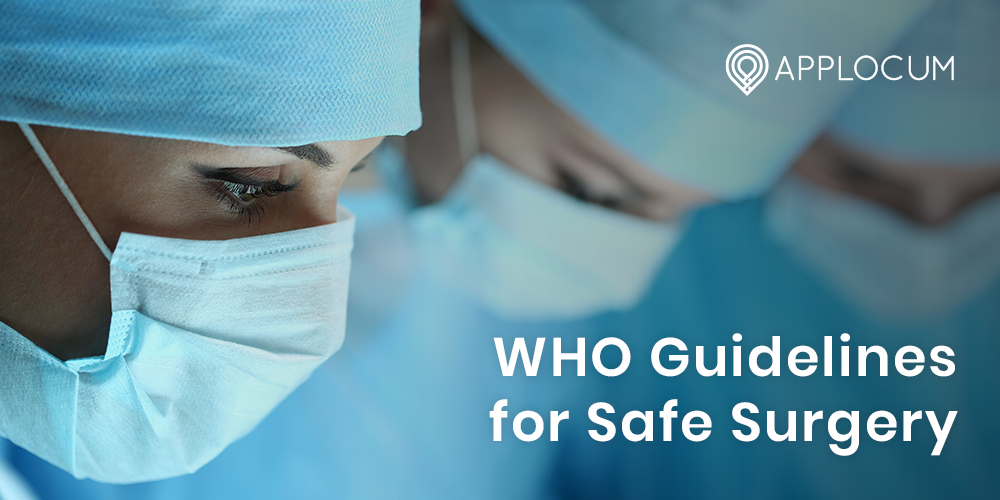
WHO Guidelines for safe surgery
WHO Guidelines for safe surgery: safe surgery saves lives
by Sion Jones
The World Health Organistation (WHO) estimated that close to half a million deaths relating to surgery could be avoided each year by correctly implementing a checklist into our everyday practice. You can read their guidelines here.
In our ever changing healthcare system, be it NHS or private sector, patient safety must always remain our number one priority. Any change in practice which encourages teamwork and gives all individuals an opportunity to voice any concerns must surely be of benefit.
Even team introductions, how is anyone expected to raise a concern when we don’t know the names of everyone present in theatre? Such briefings take a matter of minutes , and must be conducted by way of constructive checklists along with discussion and not become a tick box exercise.
Back in 2009 an adapted version of the 2008 WHO Surgical Safety Checklist was launched by the National Patient Safety Agency (NPSA). At this time the NHS in England and Wales also issued a Patient Safety Alert urging trusts to use the checklist for any patient listed for a surgical procedure . Furthermore, this had to be documented on paper or electronically in the patients notes. During the patients journey through theatres, the three point checklist was made up of the sign in , timeout (prior to surgical intervention) and sign out (prior to anyone leaving the operating theatre).
Feedback on this adaptation indicated that an initial briefing and subsequent debriefing would also increase patient safety, and as such the three point checklist became the Five Steps to Safer Surgery which were introduced by the NPSA at the end of 2010.
With the required information and guidance, 100% of hospitals in England and Wales had introduced the checklist within the required timescale. In practice, some articles state a reduction in death rates from 1.5% to 0.8% along with other critical incidents down from 11% to 7% .






